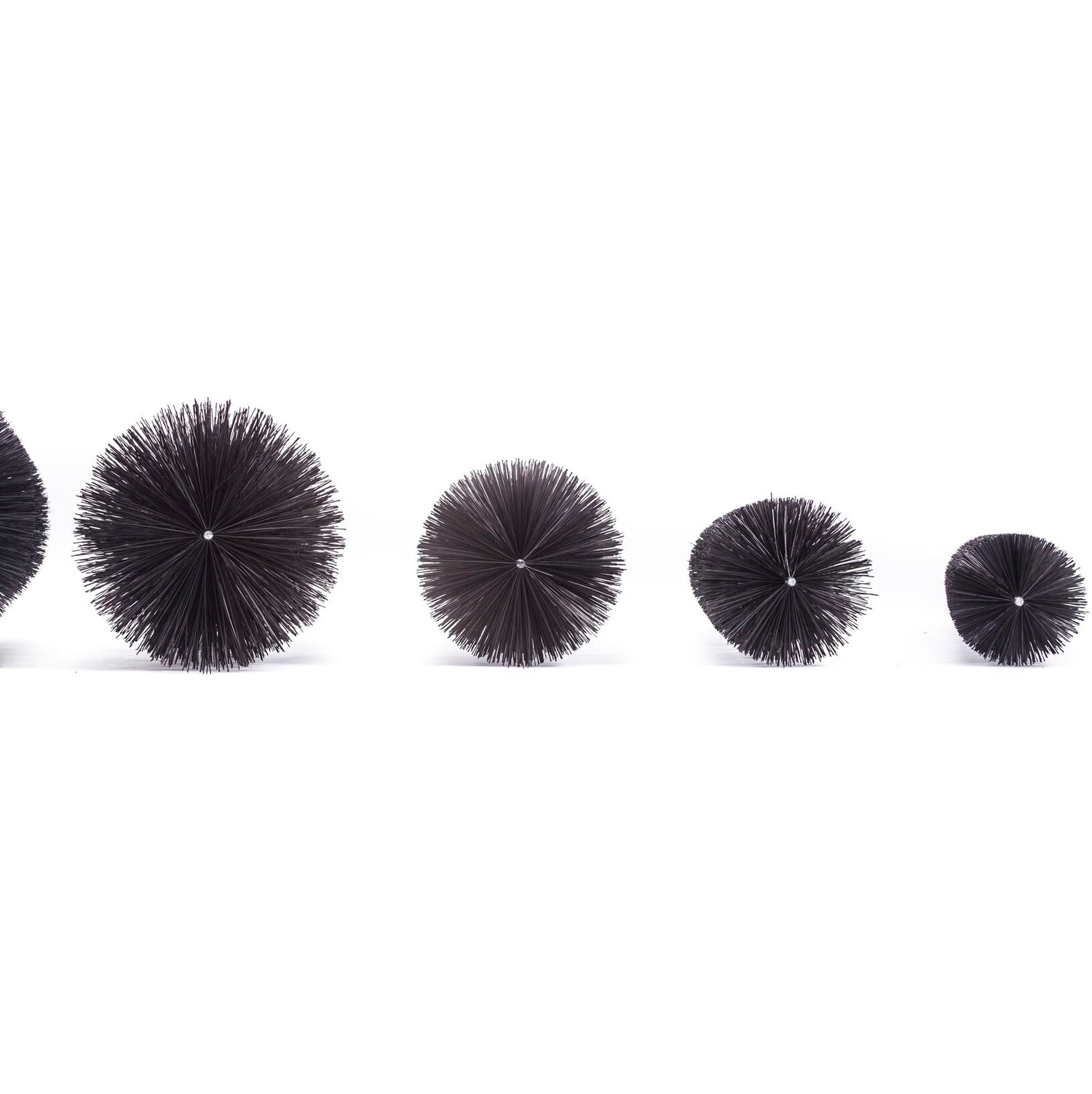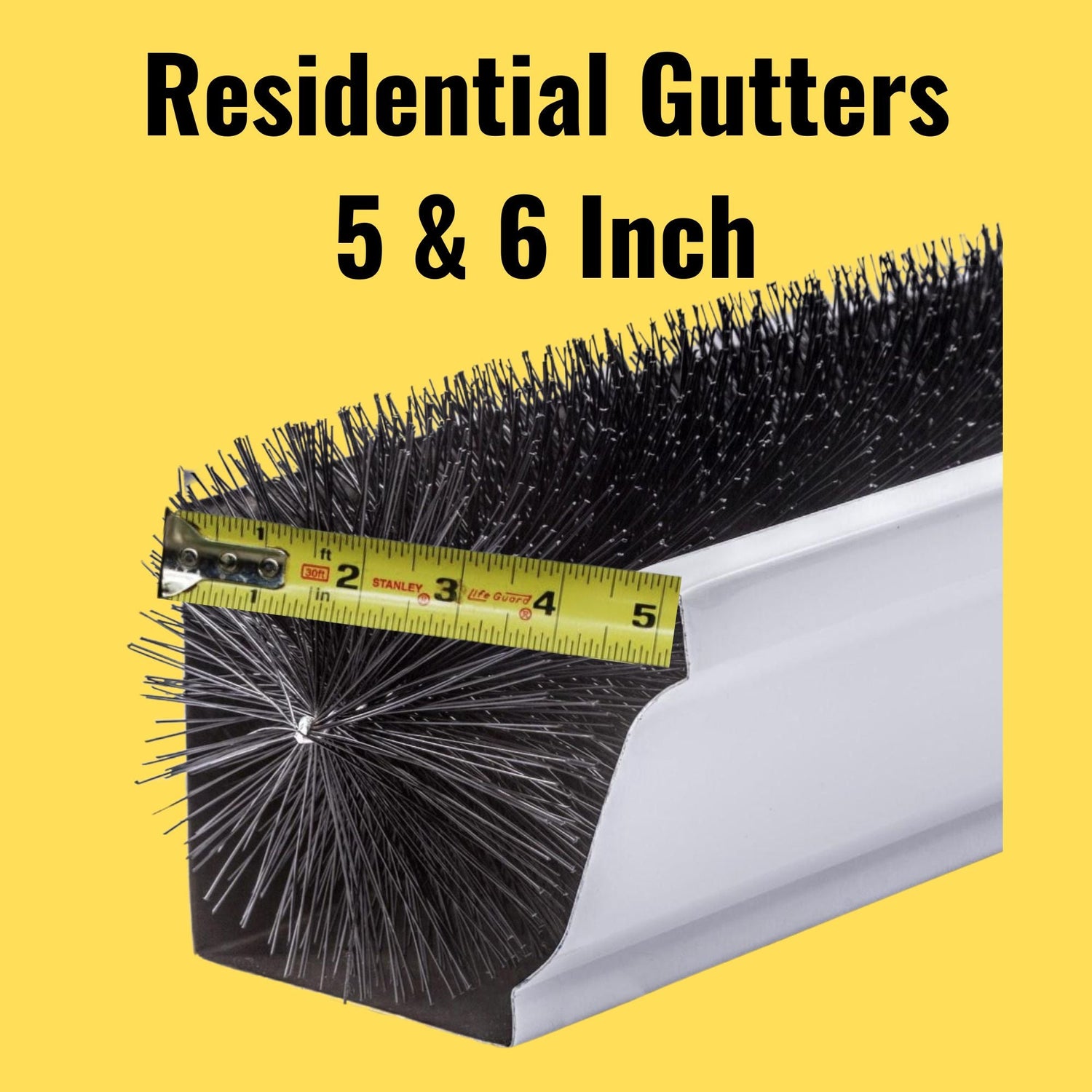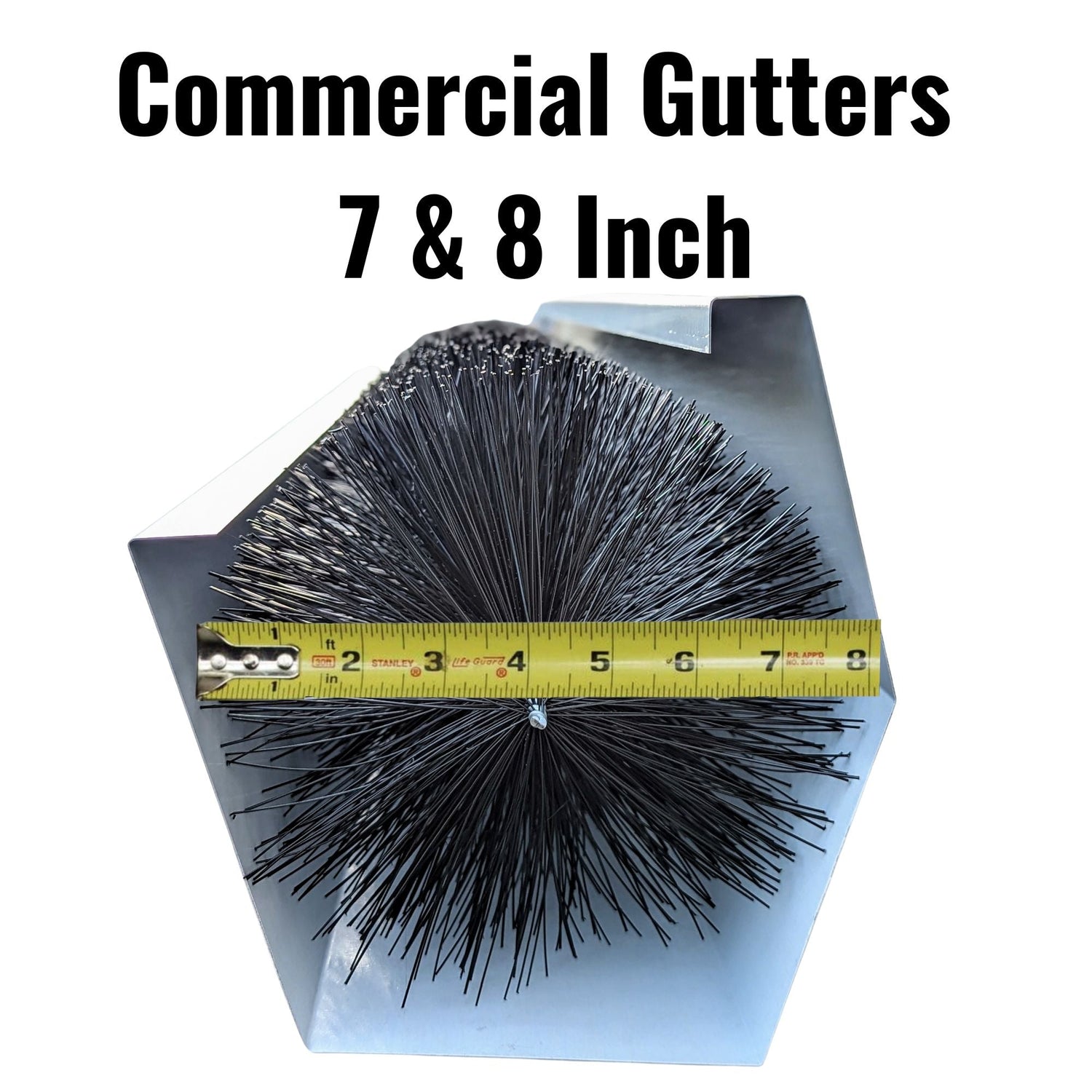Clean gutters are a critical part of home maintenance. Clogged gutters can lead to water damage, pest infestations, and structural problems that are costly and time-consuming to repair. To prevent these issues, it’s important to understand effective ways to keep leaves out of gutters and ensure proper water flow. Whether you rely on manual cleaning methods or install gutter guards, regular upkeep is essential to protect your home.
The Importance of Keeping Leaves Out of Gutters
Gutters channel rainwater away from your home’s roof, walls, and foundation. When leaves, twigs, and other debris block the flow, the system stops functioning correctly. Overflowing water can cascade down walls, pool around the foundation, and even seep into basements, causing lasting damage.
- Foundation Erosion: Water accumulating at the base of your home can weaken the foundation over time, leading to cracks and shifting. This damage can be expensive to repair and undermine the structural stability of your home.
- Rot and Mold Growth: Stagnant water trapped in clogged gutters breeds mold and mildew. Additionally, it can lead to rotting wood on fascia boards, soffits, and other exterior elements.
- Pest Problems: Insects like mosquitoes thrive in standing water. Birds, rodents, and other small animals may also nest in clogged gutters, exacerbating the problem.
- Landscape Damage: Overflowing water from blocked gutters can erode flower beds, damage shrubs, and disrupt landscaping. Proper drainage ensures rainwater flows away from your home and garden.
By regularly maintaining your gutters, you protect your home’s exterior and foundation, helping to avoid costly repairs and keeping it in optimal condition.
How to Keep Leaves Out of Gutters: Effective Methods

Keeping gutters free of leaves and debris requires a mix of proactive strategies. Below are some effective methods that ensure water flows smoothly through your gutters.
1. Manual Leaf Removal Tips
Manually cleaning gutters is a reliable and straightforward method to prevent clogs from forming due to leaf buildup. Although this process can be time-consuming and physically demanding, it ensures your gutters are thoroughly cleared and helps prevent costly water damage. Here’s a detailed breakdown of how to do it effectively:
Step 1: Gather the Right Tools
Equip yourself with the necessary tools before starting. Use a sturdy ladder with a stabilizer to maintain balance, protective gloves to avoid cuts from sharp debris, a trowel or gutter scoop to remove leaves and mud efficiently, and a bucket or tarp to collect debris without making a mess on the ground. For added convenience, consider using a tool belt to keep everything within easy reach.
Step 2: Remove Leaves by Hand
Start at the downspout end of the gutter to ensure you’re not pushing debris further into the system. Use the scoop or your gloved hands to gently remove leaves, twigs, and dirt from the gutter bed. Work your way toward the opposite end of the gutter, taking care not to damage the gutter or dislodge any fasteners along the way. If you encounter wet debris, scoop it out slowly to avoid splattering dirt onto the house.
Step 3: Flush with Water
Once the larger debris is removed, use a garden hose with a sprayer attachment to flush out the remaining dirt. Spray water toward the downspout to ensure that any leftover debris flows out smoothly. Confirm that the downspouts are clear by checking if water flows freely out the bottom. If there is a blockage, use a plumber’s snake to clear the downspout.
Step 4: Schedule Regular Cleaning
Plan to clean your gutters at least twice a year—once in the spring, to clear out any winter debris, and again in the fall, after most leaves have fallen. If your home is surrounded by trees, you may need to check your gutters more frequently, especially after a storm or high winds that blow additional leaves into your gutter system.
Consistent manual cleaning helps prevent small problems from becoming major issues and ensures your gutters are always functioning properly.
2. Spray and Power Wash Techniques

High-pressure cleaning tools, like garden hoses with sprayer attachments or power washers, are an excellent way to remove stubborn dirt and debris from gutters, especially in hard-to-reach areas. These methods provide a deep clean and help prevent future clogs from forming.
- Garden Hose with a High-Pressure Nozzle:For lighter cleaning, attach a high-pressure nozzle to your garden hose. Position the hose at the far end of the gutter and spray toward the downspout, ensuring the debris is pushed in the right direction. This technique works well for loose leaves, dirt, and small twigs that may have accumulated. If your gutter is elevated, use a telescoping wand attachment to extend your reach safely from the ground.
- Power Washer with U-Shaped Attachment:For heavily clogged gutters, a power washer provides better pressure and reach. Use a U-shaped attachment to direct the water flow along the gutter path, blasting out dirt and stubborn debris with ease. Power washing is particularly effective for gutters with heavy sludge buildup or moss growth. However, avoid using too high a setting to prevent damage to the gutters or paint.
- Safety Precautions:Cleaning gutters with high-pressure tools requires special attention to safety. Always wear protective eyewear to guard against flying debris and water splashes. Use a ladder stabilizer to ensure the ladder remains secure, and avoid leaning too far to reach distant sections—move the ladder instead to prevent accidents. If working from the ground with an extension wand, ensure you have good control of the pressure to avoid losing balance.
These techniques not only clean the inside of your gutters but also give you the opportunity to wash the exterior surfaces, removing stains and mildew to keep your gutters looking clean and functional.
3. Trimming Overhanging Trees
Reducing the amount of leaves that enter your gutters starts with trimming back nearby tree branches. Overhanging branches frequently drop leaves and twigs directly into gutters, leading to clogs that require constant maintenance. Keeping trees in check also reduces the risk of branches causing roof or gutter damage during storms.
- Prune Annually: Annual pruning keeps tree branches under control and minimizes debris. Use pruning shears or a pole saw to cut back smaller branches that extend over the roofline. Aim to create at least a three-foot clearance between your roof and the nearest branches to minimize leaf accumulation. If your gutters frequently clog due to heavy leaf fall, more frequent trimming may be necessary.
- Hire Professional Help: For large or hard-to-reach branches, consider hiring a professional tree service to handle the trimming safely. Professionals have the equipment and expertise needed to trim branches near roofs without causing damage. This is especially important for tall trees or branches near power lines, where safety risks are higher.
- Monitor Tree Growth: Trees grow quickly, so it’s essential to regularly inspect the area around your roof and gutters to ensure branches aren’t becoming a problem again. After strong storms, check for fallen branches or new growth that may require trimming.
Pruning not only prevents leaves from clogging gutters but also reduces the chance of branches breaking during storms and causing structural damage to your roof or gutter system. Regular monitoring and maintenance will ensure your gutters stay clear and functional year-round.
4. Installing Gutter Guards for Better Protection

How Gutter Guards Help Prevent Clogs
Block Large Debris
Gutter guards are designed to prevent leaves, twigs, acorns, and pine needles from entering the gutter system. By covering the top of the gutter, they minimize the amount of organic debris that can accumulate, reducing the likelihood of clogs. However, the effectiveness of guards depends on their design—mesh, screen, and solid guards each have different ways of managing debris. While solid guards deflect larger debris, mesh guards try to filter out smaller particles, but they can sometimes trap fine debris, leading to restricted water flow.
Allow Smaller Debris to Pass and Shed Naturally
While no system can guarantee that all debris will stay out, well-designed gutter guards allow smaller particles to pass through the system without causing blockages. Some guards also encourage natural shedding of debris, especially in windy conditions. This helps prevent leaves and small twigs from building up on top of the guard and forming clumps that could block downspouts. A system that promotes airflow is particularly effective, as it reduces the chance of wet debris sitting on the guard and decomposing.
Reduce Cleaning Frequency
One of the primary advantages of installing gutter guards is fewer cleaning sessions. With guards in place, homeowners only need to conduct occasional checks—typically during or after storms—to ensure that water is flowing properly. This greatly reduces the need for frequent, full-scale cleanings, making the maintenance process safer and less time-consuming. Guards minimize the need for climbing ladders, which lowers the risk of accidents.
Ensure Smooth Water Flow
The best gutter guards are designed to maintain steady water flow, even during heavy rains. By preventing debris from entering the gutters while allowing rain to pass through, they avoid the common problems of pooling or overflowing water. Efficient water drainage is crucial for preventing structural damage to the home, as clogs can lead to overflow, causing issues like water pooling near the foundation, mold growth, or damage to fascia and soffits.
Gutter guards offer a practical solution for homeowners looking to reduce gutter maintenance and avoid the risks associated with clogged gutters. By blocking large debris, allowing smaller particles to pass, and maintaining proper water flow, they help keep the gutter system functioning efficiently. Regular checks are still recommended to ensure optimal performance, but with gutter guards installed, homeowners can enjoy peace of mind knowing that their gutters are protected from common debris-related issues.
Choosing the Best Gutter Guard for Your Home
When it comes to choosing the right gutter protection, GutterBrush offers a unique blend of simplicity, effectiveness, and affordability that other guards struggle to match:
- Affordable, DIY Installation: No tools or professional help required. Simply insert the brush into the gutter, and you’re done.
- No Roof Alterations: Avoid the risks of lifting shingles or attaching panels to your roofline.
- All-Weather Performance: Prevent clogs, water overflow, and ice dams with a system that works in any season.
- Easy Maintenance: Check water flow during heavy rain, and let the wind shed debris naturally from the bristles.
GutterBrush combines the best features of both a leaf guard and gutter guard, giving homeowners peace of mind and reducing the need for dangerous and time-consuming cleanings. If you’re looking for a practical, low-maintenance solution to protect your home from gutter clogs, GutterBrush is the optimal choice.
Regular Gutter Maintenance to Prevent Future Clogs
Seasonal Cleaning Recommendations

Regular maintenance ensures that your gutter system remains functional throughout the year. Cleaning your gutters according to seasonal needs helps prevent unexpected blockages and water damage.
- Spring Cleaning: Clear gutters of fallen blooms, twigs, and debris left over from winter storms. This prepares your gutters for heavy spring rains.
- Fall Cleanup: Remove leaves and acorns that accumulate during autumn. This is essential before winter to avoid blockages caused by ice dams.
- Post-Storm Inspections: Check for debris that might have clogged the gutters or downspouts after heavy storms.
Planning your maintenance around these key seasons ensures your gutters remain in good condition year-round.
Inspecting Downspouts for Debris
Blocked downspouts are a common cause of gutter overflow. Keeping them clear ensures proper water drainage and prevents damage to your home.
- Flush with a Garden Hose: Run water through the downspout to clear any minor blockages.
- Use a Plumber’s Snake: If a clog persists, feed a plumber’s snake through the downspout to break up the obstruction.
- Check for Proper Flow: Ensure that water exits freely from the bottom of the downspout, away from your foundation.
Regular inspections prevent minor blockages from becoming significant issues.
Keeping your gutters free of leaves and debris is essential for protecting your home from water damage and maintaining its structural integrity. By combining manual cleaning, water-spray techniques, tree trimming, and installing the proper gutter guards, you can minimize the risk of clogs and reduce the effort required for maintenance. Regular seasonal inspections ensure your gutters stay in top condition, saving you from costly repairs and unexpected problems. Investing time in proper gutter care today will protect and function your home for years.
Key Takeaways
- Clogged gutters can lead to costly home repairs, including foundation erosion, mold growth, and pest infestations. Regular maintenance is essential to avoid these issues.
- Manual cleaning methods and water spray techniques offer practical ways to clear gutters and maintain proper water flow, especially after storms.
- Trimming overhanging trees reduces leaf buildup and minimizes the need for frequent gutter cleaning during peak seasons like fall.
- Gutter guards block large debris and allow water to flow smoothly, but occasional maintenance is still needed to prevent slight clogs.
- Seasonal inspections and cleaning routines keep your gutter system functional year-round, protecting your home from water damage and erosion.
About GutterBrush
At GutterBrush, we offer innovative gutter protection systems for both Residential and Commercial properties. Our unique brush technology, recognized by Home & Garden TV, The Family Handyman, At Home with Gary Sullivan, and Home Depot, ensures your gutters remain clog free while filtering rainwater, reducing the need to frequently buy gutter guards.
A family-owned company serving American homesteads since 2004, we're proud to have over 1200 5-star reviews, supported by a 10-year material warranty and a 365-day refund policy.




